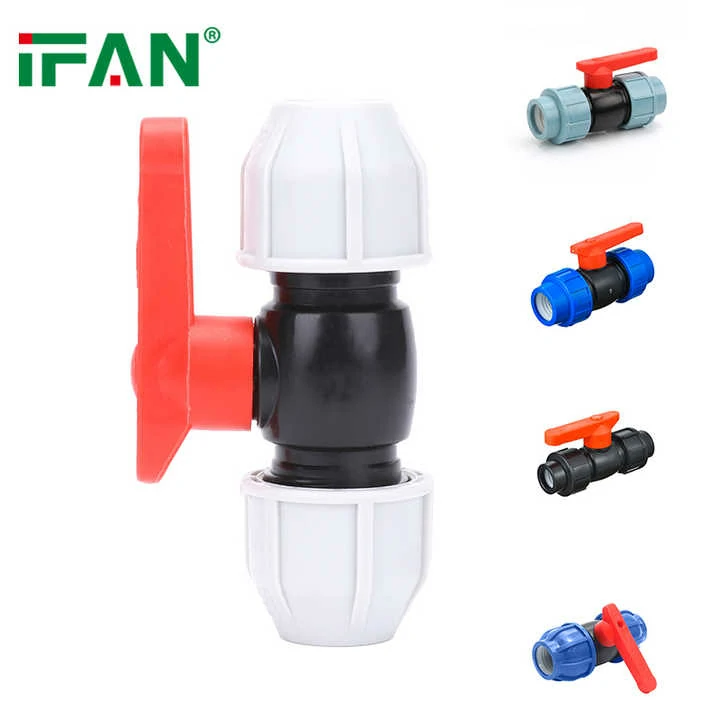Introduction to PVC and HDPE in Irrigation
PVC (polyvinyl chloride) and HDPE (high-density polyethylene) are two popular materials used in irrigation systems. Both have unique properties that make them suitable for different applications. Choosing between PVC and HDPE depends on factors like cost, durability, and installation requirements. This article compares PVC and HDPE for irrigation, helping you make an informed decision.
Durability and Lifespan
HDPE is known for its exceptional durability and flexibility. It can withstand harsh environmental conditions, such as UV exposure and temperature fluctuations, without degrading. PVC, while durable, is more rigid and can become brittle over time, especially in cold climates. For example, in a large agricultural field, HDPE pipes are less likely to crack under mechanical stress compared to PVC.
Chemical Resistance
Both PVC and HDPE offer excellent chemical resistance, making them suitable for irrigation. However, HDPE has a slight edge in handling certain aggressive chemicals, such as fertilizers and pesticides. PVC is more resistant to chlorine, which is often used in water treatment. In a vineyard irrigation system, PE pipes may be preferred for their ability to handle chemical-laden water without degradation.
Installation and Flexibility
HDPE is more flexible than PVC, allowing for easier installation in uneven terrains. It can be bent and curved without the need for additional fittings, reducing the risk of leaks. PVC, being rigid, requires more fittings and precise measurements. For instance, in a hilly area, HDPE pipes can be laid with fewer joints, minimizing potential leak points.
Cost Comparison
PVC is generally more cost-effective than HDPE, both in terms of material and installation costs. However, HDPE’s longer lifespan and lower maintenance requirements can offset the initial higher cost over time. In a large-scale irrigation project, the long-term benefits of HDPE may justify the initial investment, especially in areas prone to environmental stress.
Environmental Impact
HDPE is considered more environmentally friendly than PVC. It is recyclable and has a lower carbon footprint during production. PVC, while recyclable, releases harmful chemicals when burned. In an eco-conscious farming operation, PE pipes may be preferred for their sustainability and reduced environmental impact.

Pressure and Flow Efficiency
Both materials can handle high-pressure irrigation systems, but PE has a smoother interior surface, reducing friction and improving flow efficiency. This can lead to lower energy costs for pumping water. In a drip irrigation system, PE pipes can ensure consistent water delivery with minimal pressure loss.
Maintenance and Repair
HDPE pipes are easier to repair and maintain due to their flexibility and fewer joints. Leaks can be fixed using heat fusion, creating a seamless repair. PVC pipes, while easy to cut and join, may require more frequent maintenance due to their rigidity and susceptibility to cracking. In a remote irrigation system, HDPE’s ease of repair can be a significant advantage.
Conclusion
Choosing between PVC and HDPE for irrigation depends on specific needs and conditions. PE offers superior durability, flexibility, and environmental benefits, making it ideal for challenging terrains and long-term projects. PVC is cost-effective and suitable for straightforward installations. By considering factors like durability, cost, and environmental impact, you can select the best material for your irrigation system.

